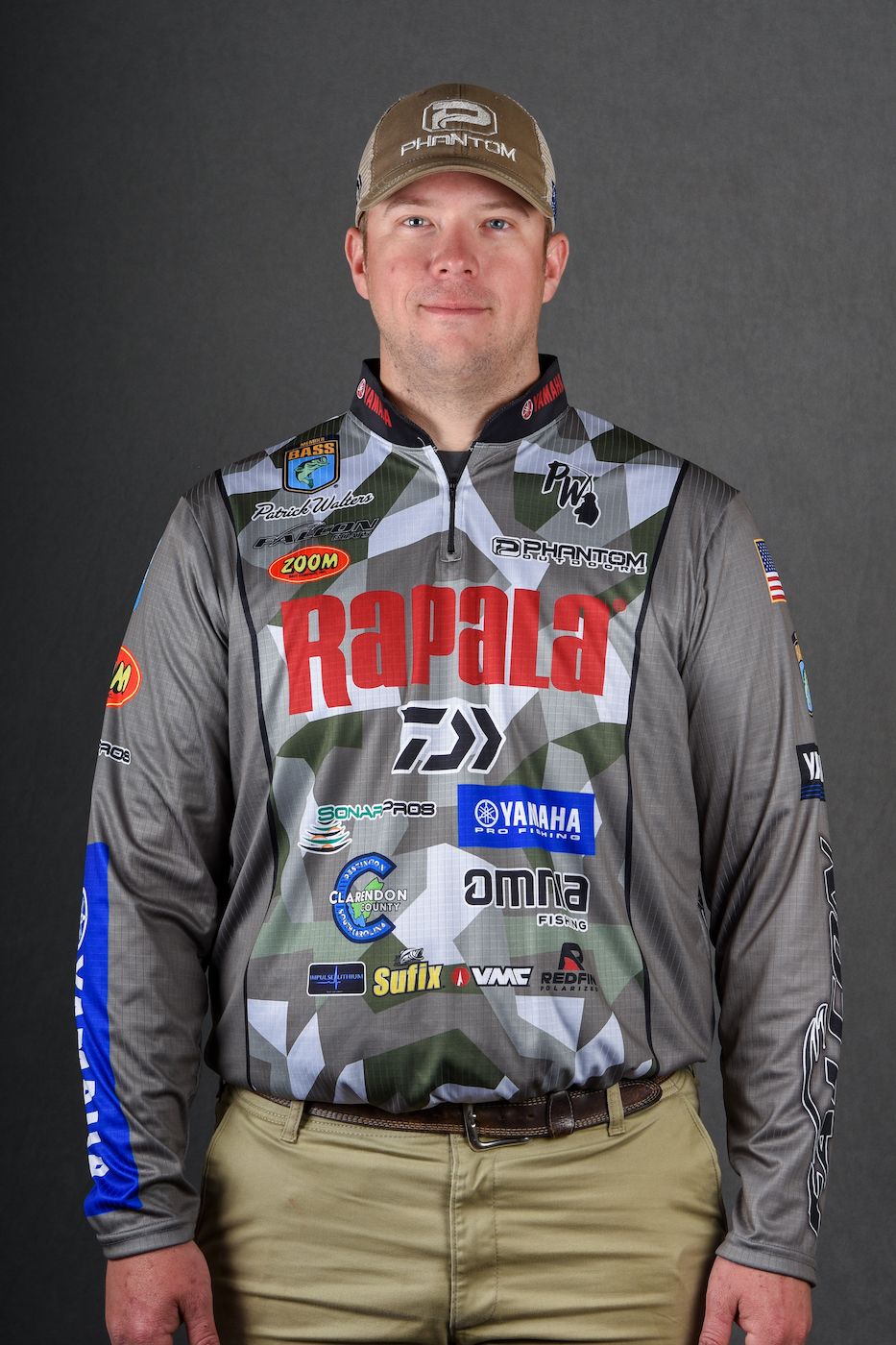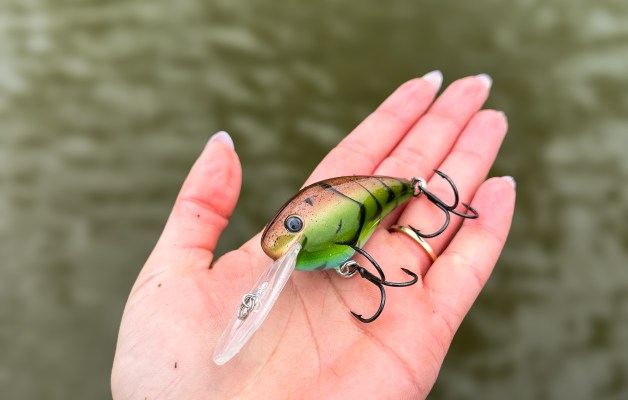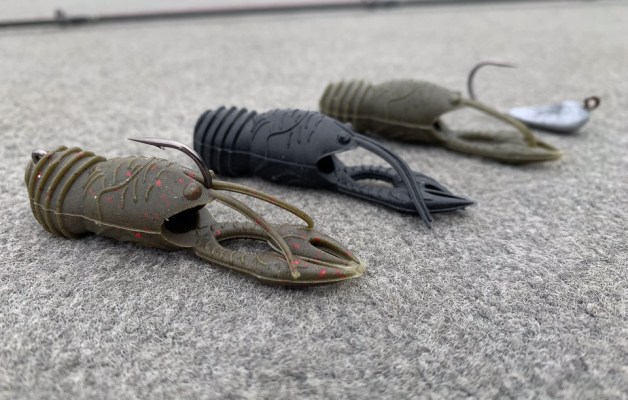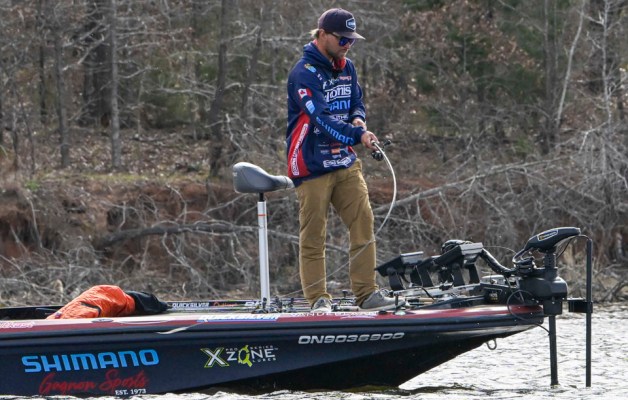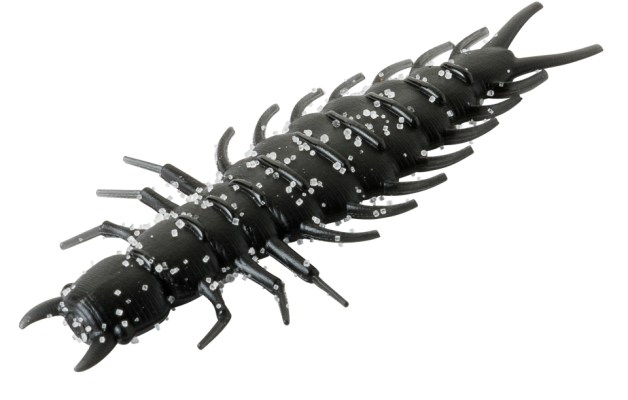
My third Bassmaster Elite Series season has drawn to a close, and I’m still fishing with most of the same spinning reels that started off in my boat during my rookie season. It may seem miraculous or unlikely — after all, much of the public assumes that we get as much tackle as we want, and just dispose of the previous gear — but it really shouldn’t be surprising at all. Anglers who’ve bought quality spinning gear and taken care of it know that it can last a long, long time.
Those of us who are lucky enough to fish for smallmouth up north know that quality spinning tackle is a necessity, not a luxury, on those big water beasts. Sure, if you just fish ponds for smaller fish you might be able to get by with a lower-range product, but when you’re testing your drags, fluorocarbon and braid-to-fluoro knots against hard-charging smallmouth, you better have the good stuff.
I can’t tell you how many times I’ve heard other competitors complaining about six-month-old reels that suddenly locked up, usually mid-fight with a fish that would have put money in their pocket. I’ve never had that problem because I buy the right gear.
At this point you may be suspecting that I only fish the absolute top-of-the-line reels that Daiwa makes, and I’m proud to admit that I have a handful of super-luxury Exist and Certate reels in my lineup. Those drags are so buttery smooth, it’s no wonder that saltwater anglers who chase bonefish and tarpon rely on them.
That said, the majority of the spinning reels I carry with me are Daiwa Tatula LTs, which retail for $199.99 apiece. That’s well within the budget of most anglers, and it’s actually a bargain when you consider their longevity. If you buy a $50 reel or even a $100 reel and it doesn’t last you a full season, or gives out at the worst possible time, what kind of value is that?
Just because you don’t live up north, or don’t fish for smallmouth, don’t assume that you shouldn’t have quality spinning gear in your arsenal. At home on Santee Cooper I’ve caught more largemouth over 7 pounds on spinning tackle than on anything else. I also use my spinning reels for saltwater applications along the South Carolina coast.
Be sure to rinse off all of your tackle after every saltwater outing, but to be totally honest beyond that I haven’t done much maintenance to my Daiwa spinning reels. I might clean them up a little bit at the end of the season, knock the dirt off of them, but that’s about it.
The “problem” is that my season never really seems to end, so there’s never been a good gap of time to accomplish a more thorough cleaning regimen. I vow that later this year I’ll break them down, clean them up and lubricate them as needed.
If you’re not using spinning tackle a lot, then you are leaving quality catchable fish behind, and if you’re not using the right quality spinning tackle then you’ll never maximize your success. When we go up north, it’s not necessarily a matter of who is going to get big bites — we all get them — but rather who is going to land the majority of those big bites.
I have not yet gotten to the point where I put them all in the boat, but when I hook into a big, mean smallmouth on 8- or 10-pound braid with a 6- or 8-pound test fluorocarbon leader, I know that the margin for error is small. The fight may take a minute, or it may take seven minutes. I’ve heard that Taku sometimes fights them for eight to 10 or even more minutes.
In order to remain patient and confident during that battle you have to know that your gear is bordering on infallible. You have to know that it’s not going to lock up on you or even “catch” enough to cause the line to part. That’s the kind of confidence I have in my spinning reels, even after three-plus years of heavy use and occasional abuse.

